As a voice coach, I sometimes find it hard to explain what it is that I do without having an actual "case" before me. I can talk about posture, breath and text, but ultimately a voice coach has to talk about these things with a specific someone, a specific somebody. And that's where the real work is.
So how would I work with you ? Perhaps, you can get a sense by "listening" to me "coach" someone else.
I will begin here a series of "coaching sessions" with TED talks that I find interesting, but where the voice / breath /speech, or movement is impeded and diminishes the speaker's presence.
The first talk that I will coach is one that I came across while developing material to perform around the image of mirrors and the theme of ambivalence. As I searched those terms, the great seer, Google, offered up a TEDx talk which combines both. It's by a visual artist who has delved into the science of her painting down to the level of nanoparticles, Kate Nichols, and the talk is titled, "Light and Art Through the Lens of Ambivalence". If you have ten minutes, watch the whole thing, it's intriguing. However, the two issues I'd like to "coach" are evident in the first 2:35 of the clip. One is a general issue that I see with presenters and the second is specific to this speech. If you want to practice your own coaching skills, watch and listen a bit, see what you notice that might distract from Ms. Nichols's content and then consider why the distraction is occurring, before scrolling down.
Issue One
Look at the tense stance in the long shot beginning at 2:04.
There's nothing inherently distracting,here, but it's a posture for the camera, not for standing in front of a live audience of any size. While not distracting, it is limiting, and therefore, may invite distraction on the part of the audience. And an audience member with something else to think about (that's all audience members, btw), might not be drawn in. Although she is apparently restricted to the red carpet for the purposes of the recording, she could still move some - but the tense arms and narrow stance make movement unlikely. Movement, fluency and vocal presence go together. If you ever have to split the difference between pleasing a camera and pleasing an audience, then favor the audience: cameras don't blink and the camera operator will tell it where to look. Ms. Nichols knows her stuff, but it's not coming across as strongly as it might were she to move, even within the resticted zone allowed.
Issue Two
The "tsk" that initiates new sentences.
Some might think: well, that's just the way she talks. But it isn't. I don't know Ms. Nichols, but there is another, shorter talk by her on a similar topic, before a smaller audience in which this mannerism does not appear. My guess is that nerves may be one source of this vocal fidgeting in this larger venue. It's something which might be avoided by warming up and relaxing facial muscles, the jaw, lips and tongue beforehand. But muscular tension doesn't seem to be the whole story.
Why are so many sentences initiated this way? There's something going on here between thinking in the moment and behavior, which is more subtle.
At 2:29-31 there's an interesting combination of behaviors that would provide substance for an actual coaching session. The shift of the eyes downward - did she lose her train of thought? Was she looking at a monitor to get the next thought? Did some thing else distract her? Possibly - but, it doesn't seem like this "tsk" and the freeze with the raised arms are panic. There isn't a word out of place here: no "ums", no "deer in the headlights" sensation, which actors recognize when a scene partner has lost their lines. To me, this text seems memorized and these behaviors come across as feigned spontaneity. Indeed, we do inhale sharply with a new idea or surprise, and we might even freeze to take in a surprising piece of information. However, the repetitive "tsk" and intake of breath at the start of this presentation read as a kind of nervous indication to the audience: new idea! new idea!
But if every idea is equally important, then no idea will land clearly - something to keep in mind, whether speaking extempore from a prepared text, or from a memorized text. Here, the content is intriguing, the visuals are arresting but the speaker acts as though she has to underline the novelty of the ideas. And this indicating is distracting, and the extra effort actually diminishes her authority. It takes the place of real, moment-to-moment interaction.
If the preparation is good, and here it quite evidently is, then the speaker's task becomes completely present tense: not relying on a monitor, or memorization of a particular word, to produce an effect. That is to say, the task becomes the more challenging, and more rewarding one of actually getting the next idea from the instant of relating directly to the audience. And allowing oneself to be affected by that. That's when real inspirations can happen for speakers and audiences alike.

